 W
WAntti Amatus Aarne was a Finnish folklorist.
 W
WGrace Akello is a Ugandan poet, essayist, folklorist, and politician. She is the Uganda Ambassador to India.
 W
WPhya Anuman Rajadhon, was one of modern Thailand's most remarkable scholars. He was a self-trained linguist, anthropologist and ethnographer who became an authority on the culture of Thailand. His name was Yong Sathiankoset ; Phraya Anuman Rajadhon was his noble title. He also took his family name, Sathiankoset, as a pen name by which he is well known.
 W
WÖmer Şükrü Asan is a Turkish folklorist, photographer and writer.
 W
WBetsy Bang née Garrett (1912–2003) was an American biologist, scientific and medical illustrator. She also translated folk tales from Bengali to English. Her scientific work was notable for her finding that many bird species have a sense of smell, a question that had long remained unsettled. Her works included Functional Anatomy of the Olfactory System in 23 Orders of Birds, published in 1971.
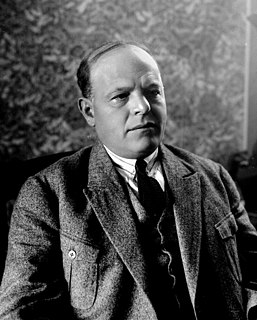 W
WHayim Nahman Bialik, also Chaim or Haim, was a Jewish poet who wrote primarily in Hebrew but also in Yiddish. Bialik was one of the pioneers of modern Hebrew poetry. He was part of the vanguard of Jewish thinkers who gave voice to the breath of new life in Jewish life. Being a noted essayist and story-teller, Bialik also translated major works from European languages. Although he died before Israel became a state, Bialik ultimately came to be recognized as Israel's national poet.
 W
WFedor Ivanovich Buslaev was a Russian Empire philologist, art historian, and folklorist who represented the Mythological school of comparative literature and linguistics. He was profoundly influenced by Jacob Grimm and Theodor Benfey.
 W
WGeorge Ewart Evans was a Welsh-born schoolteacher, writer and folklorist who became a dedicated collector of oral history and oral tradition in the East Anglian countryside from the 1940s to 1970s, and produced eleven books of collections of these materials.
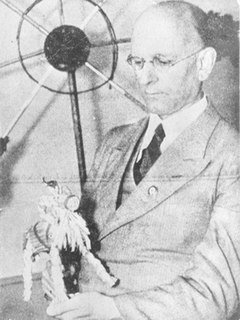 W
WEugen Fehrle was a German philologist who specialized in classical and Germanic philology.
 W
WWilliam Wyatt Gill was an English missionary, active in Australia and the South Pacific region after 1851.
 W
WEugenie Goldstern (1884-1942) was an Austrian anthropologist who conducted research on Alpine folk culture in Switzerland.
 W
WWalter Gregor (1825–1897) was a Scottish folklorist, linguist and minister of religion. His anthropological research work won him an international reputation.
 W
WGalit Hasan-Rokem is the Max and Margarethe Grunwald professor of folklore at the Mandel Institute of Jewish Studies at the Hebrew University of Jerusalem. Author and editor of numerous works, including co-editor of the Wiley-Blackwell Companion to Folklore (2012), her research interests include proverbs, folklore and culture of the Middle East, and folklore genres and narratives. She is also a published poet and translator of poetry, and a Pro-Palestinian activist. The Jerusalem Post has called her "a figure of some prominence in Jerusalem intellectual circles".
 W
WLauri Olavi Honko was a Finnish professor of folklore studies and comparative religion.
 W
WAfricanus Horton (1835–1883), also known as James Beale, was a Krio African nationalist writer and an esteemed medical surgeon in the British Army from Freetown, Sierra Leone.
 W
WMarianna Sotirianos Kambouroglou (1819-1890), was a Greek folklorist.
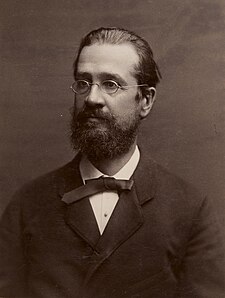 W
WJulius Leopold Fredrik Krohn was a Finnish folk poetry researcher, professor of Finnish literature, poet, hymn writer, translator and journalist. He was born in Viipuri and was of Baltic German origin. Krohn worked as a lecturer on Finnish language in Helsinki University from the year 1875 and as a supernumerary professor from 1885. He was one of the most notable researchers into Finnish folk poetry in the 19th century. His native language was German.
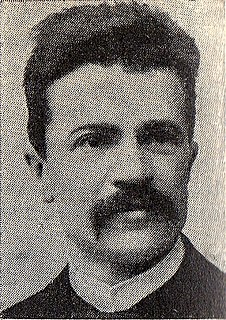 W
WKaarle Krohn was a Finnish folklorist, professor and developer of the geographic-historic method of folklore research. He was born into the influential Krohn family of Helsinki. Krohn is best known outside of Finland for his contributions to international folktale research. He devoted most of his life to the study of the epic poetry that forms the basis for the Finnish national epic, the Kalevala.
 W
WKesar Lall was a Nepalese folklorist and writer. He has published more than 50 books of stories and poetry. He wrote in Nepali, Nepal Bhasa and English.
 W
WJuan Liscano Velutini was a Venezuelan poet, folklorist, writer and critic. Director of Monte Ávila Editores, among his poetic work emphasizes: Nuevo mundo Orinoco (1959), Cármenes (1966) and Fundaciones (1981). Also wrote: Panorama de la literatura venezolana actual (1973) Espiritualidad y literatura: una relación tormentosa (1976), Los fuegos apagados (1990) and El origen sigue siendo (1991). In 1990 published a personal Anthology, a route for his poetic trajectory. He won the National Prize for Literature in 1951.
 W
WMarshfield is a town in the local government area of South Gloucestershire, England, on the borders of the counties of Wiltshire and Somerset. Toponomy derives from the Old English language word "March" meaning a border, hence Border Field would be the literal translation. It is not to do with "marsh" in the sense of bog.
 W
WMaria del Pilar Maspons i Labrós was a Spanish poet, novelist and writer of Catalan descent. Writing under the pseudonym Maria de Bell-lloc, that she used her entire career, she is notable as one of the first Spanish women folklorists and the first woman novelist to be published in Catalan.
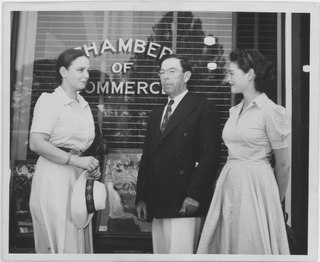 W
WMargot Mayo was an American dance instructor, educator, and collector of folk music.
 W
WAchille Millien was a French poet and folklorist.
 W
WCostantino, count Nigra was an Italian diplomat.
 W
WIsabel Oyarzábal Smith was a Spanish-born journalist, writer, actress and diplomat, also known as Isabel de Palencia.
 W
WManuel Ricardo Palma Soriano was a Peruvian author, scholar, librarian and politician. His magnum opus is the Tradiciones peruanas.
 W
WFermín Pardo Pardo is a Spanish folklore researcher, and is one of the most notable scholars of traditional music in the Land of Valencia.
 W
WZófimo Consiglieri Pedroso (1851–1910) was a Portuguese historian, writer, teacher, ethnographer, essayist and folklorist. A collector of a large body of folklore, which became popular and translated before the works of Adolfo Coelho, his Portuguese Folk-Tales were issued in England before their native publication.
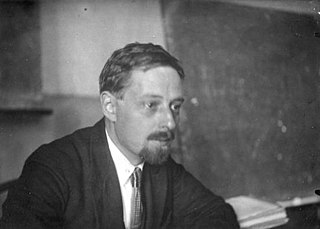 W
WVladimir Yakovlevich Propp was a Soviet folklorist and scholar who analysed the basic structural elements of Russian folk tales to identify their simplest irreducible structural units.
 W
WNathanael Salmon was an English antiquary who wrote books on Roman and other antiquities to be found in the south-east of England. He was not well respected as a scholar in his time or subsequently, but he was industrious and well travelled, and he recorded many local customs and much folklore.
 W
WSeok Ju-seon was a scholar of traditional Korean clothing and a folklorist. Her works include The History of Korean Dresses and Ornaments.
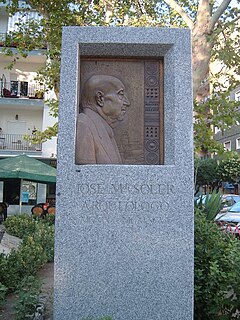 W
WJosé María Soler García was a Spanish archaeologist, historian, researcher and folklorist. He is one of the persons who most deeply studied Villena and its surrounding area, since the vast majority of his research was focused on what concerned his hometown.
 W
WDag Alvar Strömbäck was a Swedish philologist and ethnologist who was a professor at Uppsala University and a specialist in Old Norse studies.
 W
WAhmed Tawfik Taymour Pasha (1871–1930) was an Egyptian writer and historian. Taymour Pasha was born on 6 November 1871 in Cairo to a family of the Egyptian elite, his father Isma'il Taymur being of Kurdish origin and his mother of Turkish descent.
 W
WWilliam John Thoms was a British writer credited with coining the term "folklore" in 1846. Thoms's investigation of folklore and myth led to a later career of debunking longevity myths, and he was a pioneer demographer.
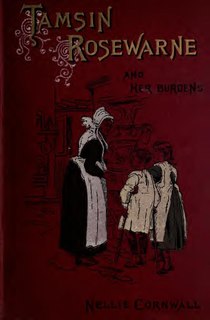 W
WNellie Sloggett was an author and folklorist who wrote under the names Enys Tregarthen and Nellie Cornwall.
 W
WStefan or Stjepan Ilija Verković was a 19th-century Bosnian ethnographer and folklorist. Born to Bosnian Croat parents, he identified as South Slav and initially he supported the Serbian and later the Bulgarian national cause.
 W
WJan Pieter Marie Laurens de Vries was a Dutch philologist, linguist, religious studies scholar, folklorist, educator, writer, editor and public official who specialized in Germanic studies.
 W
WWentworth Webster was an Anglican clergyman, scholar, and collector of folk tales of the Basque Country.
 W
WKarl Felix Wolff was a journalist, poet, author and self-taught folklorist of the South Tyrol who collected and published Ladinian legends.
 W
WKarlis Zalts was a Latvian mathematician with wide-ranging interests in topics such as mechanical calculators, statistics and nomography as well as folklore, education, and philosophy. His publications on folklore prevented him from publishing after 1946 by the Soviet Union.
 W
WRodolfo Zapata was an Argentine singer, songwriter, musician, and actor. He had an extensive career, and was popular throughout Latin America.